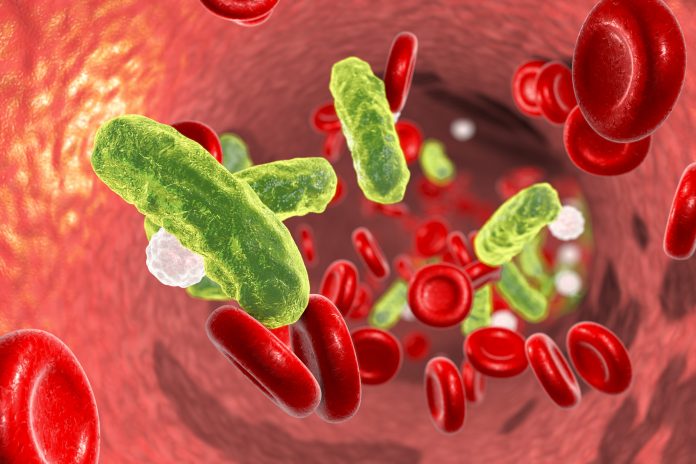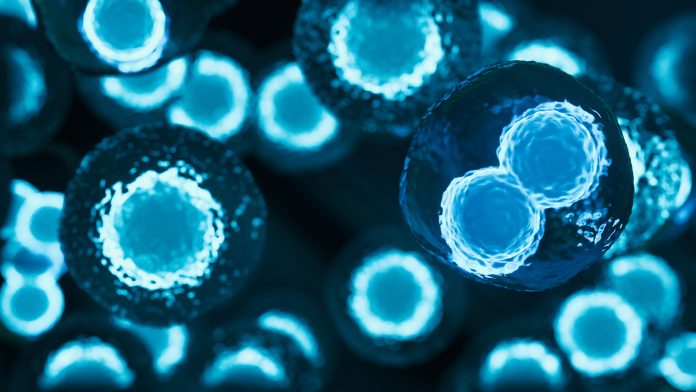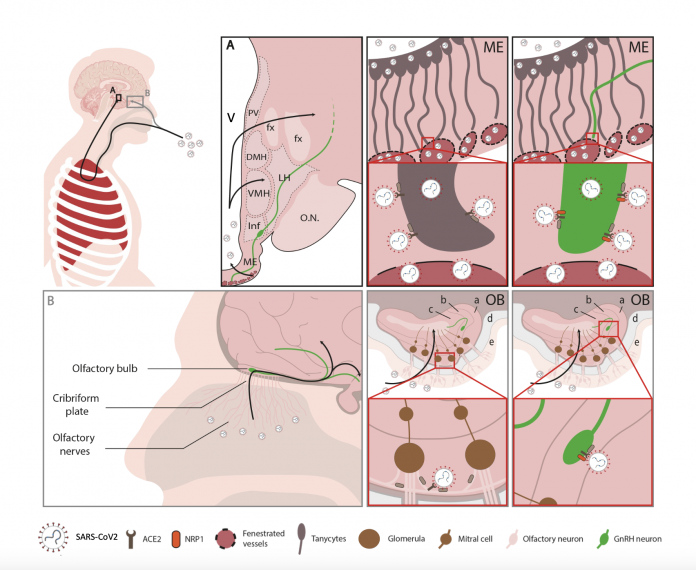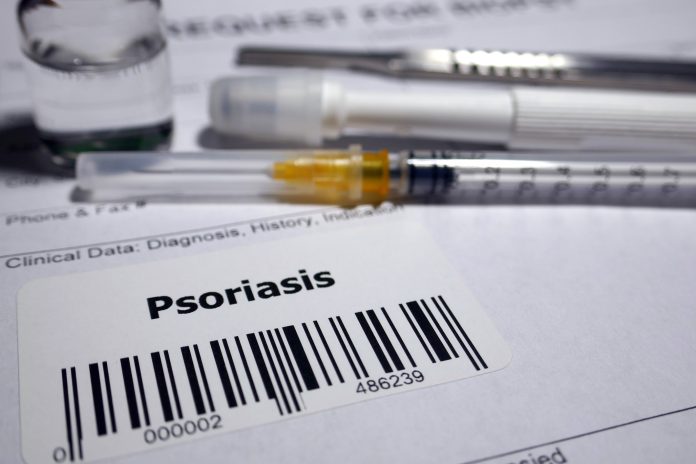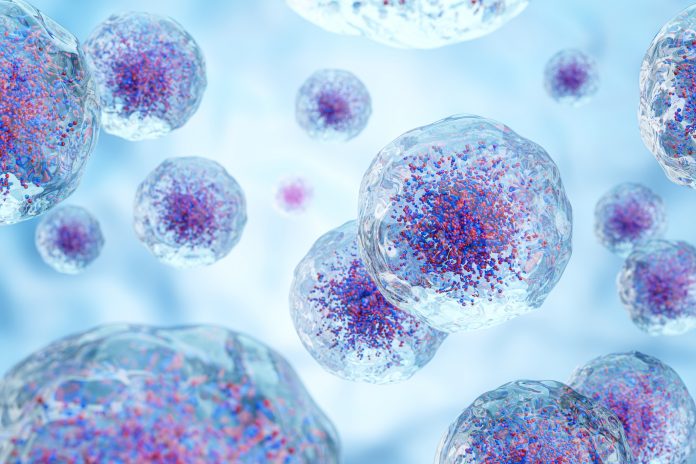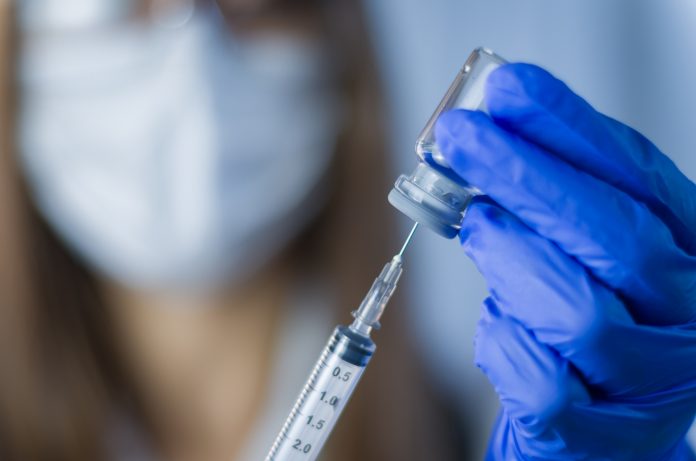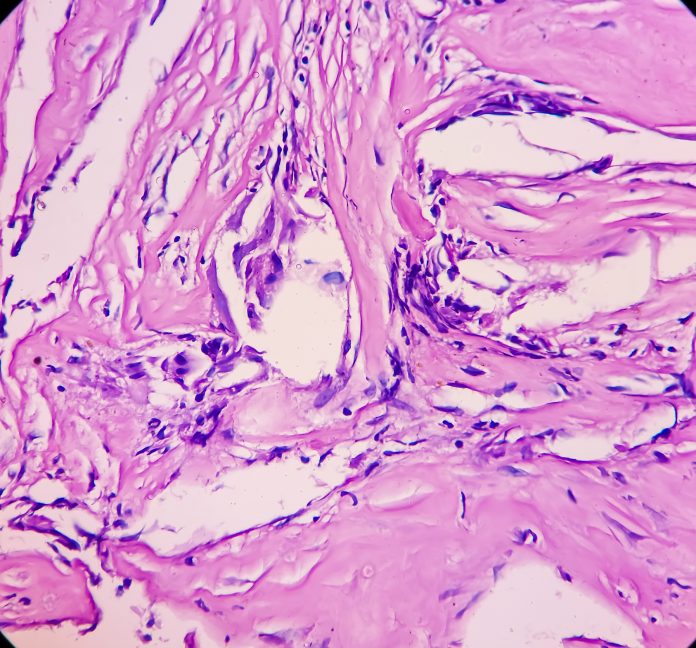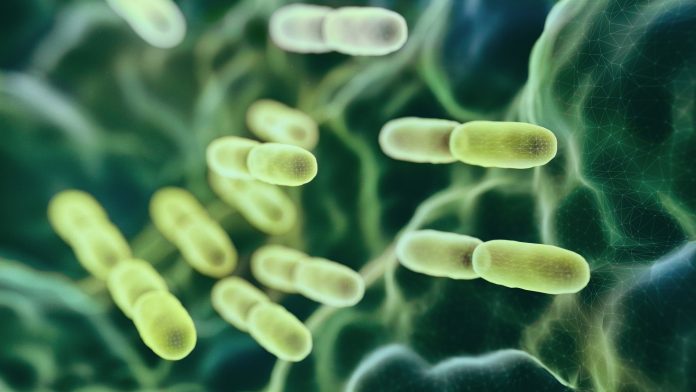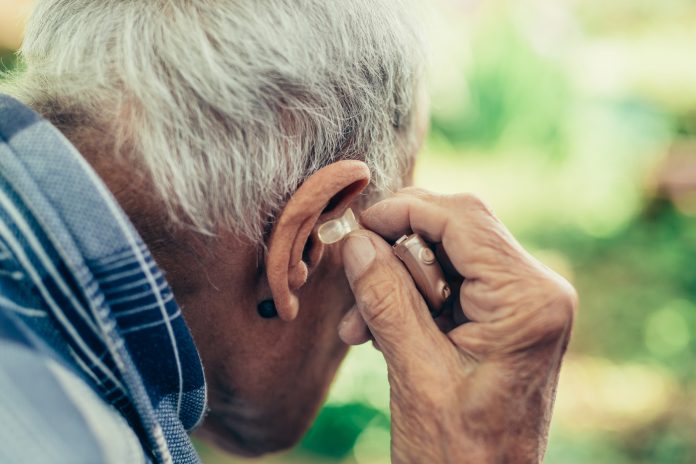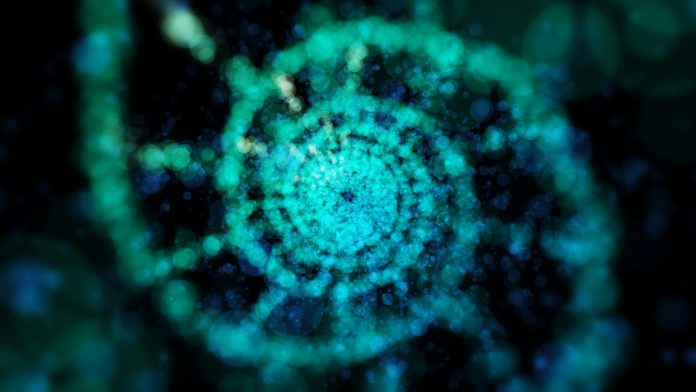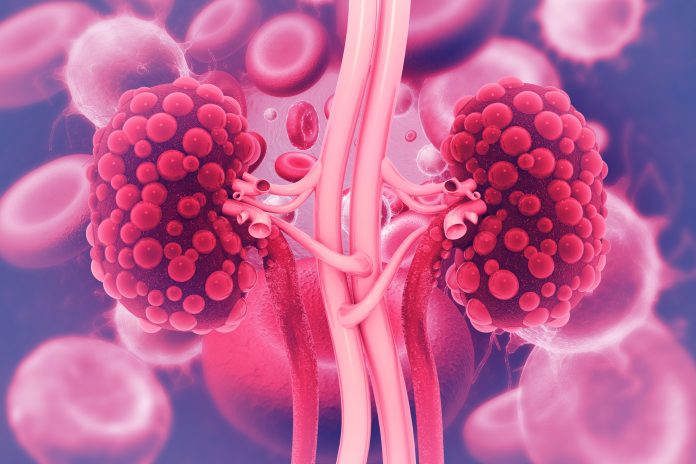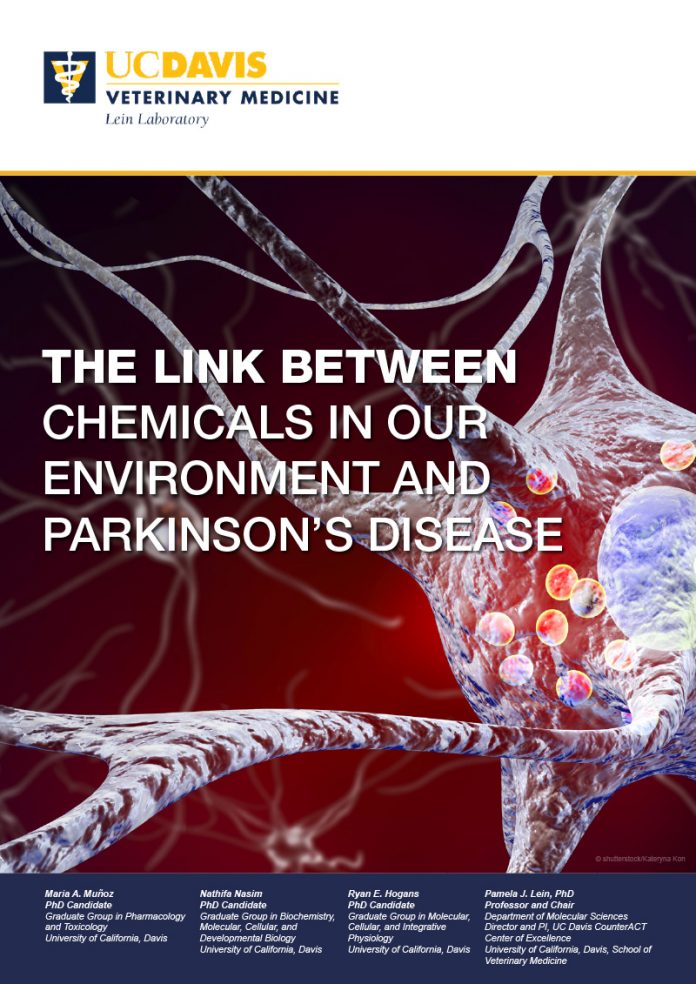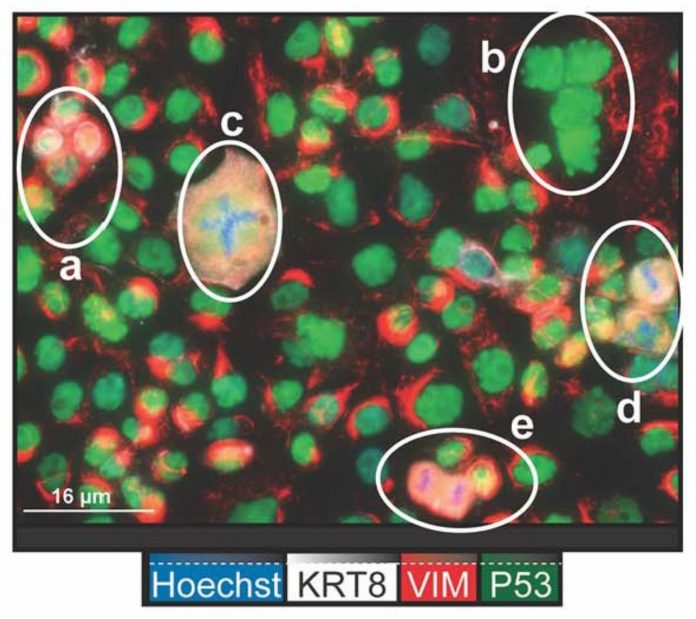Open Access Government produces compelling and informative news, publications, eBooks, and academic research articles for the public and private sector looking at health, diseases & conditions, workplace, research & innovation, digital transformation, government policy, environment, agriculture, energy, transport and more.
Home Search
red blood cell - search results
If you're not happy with the results, please do another search
Sepsis and the killer platelets
Dermot Cox BSc, PG Dip Ed, PhD, Pharmacology Lead from the School of Pharmacy and Biomolecular Sciences – RCSI University of Medicine & Health Sciences, discusses sepsis and the killer platelets.
Nanoplastics found in bottled water raise concerns over human health
Microplastics have become a global environmental concern, with these tiny particles infiltrating polar ice, soil, drinking water, and food we consume.
Lessons from Libby: Understanding the impact of asbestos exposure
Jean C. Pfau, Scientific Consultant at the Center for Asbestos Related Disease, shares the devasting story of asbestos exposure occurring in a Rocky Mountain town of Montana and the critical lessons that can be learned from this event.
Breaking the stigma: Men’s mental health matters
Dr Deborah Lee from Dr Fox Online Pharmacy discusses men’s mental health, including common barriers to seeking help and the measures needed to improve overall awareness and support.
Secarna aims to expand the therapeutic toolbox against cancer
Current oncology treatments have significantly improved cancer survival rates, but more effective and safer therapeutics are needed.
Supporting stroke patients: The societal and healthcare burden of stroke
Elliot Grantham, Market Development Manager at Medtronic, discusses the challenges in stroke care and how it could be improved for stroke patients.
Brain infection by SARS-CoV-2: Lifelong consequences
The WATCH team, founded to elucidate the role played by specialized brain cells called tanycytes in various physiological processes, has been investigating how and where the SARS-CoV-2 virus infects the brain, and some long-term consequences of this neuro-invasion.
Understanding psoriasis: Symptoms, causes, and treatments
Psoriasis is a chronic immune-mediated inflammatory disease that can impact sufferers’ mental and physical health. We discuss the complexity of the condition as well as the emergence of effective treatments with the national UK charity The Psoriasis Association.
Personalised treatment shows promising results in leukaemia trial
A new personalised treatment has been discovered for the most common form of adult leukaemia, which has been found to help patients live longer.
Can an immunisation technique speed up vaccine development?
Researchers in Germany have pioneered a system for displaying epitopes in mammal cells, potentially revolutionising immunisation studies.
Promoting regular exercise to protect brain health
Regular exercise is a critical step in maintaining healthy physiology and ensuring healthy aging. However, there are many diseases and conditions that make exercise inaccessible or reduce its efficacy. The Wessells lab studies exercise and the pathways it works through to identify key molecules required for a proper exercise response.
Which natural remedies will help you battle a cold this year?
With the days getting colder and colder and the flu season approaching, several health professionals give their insight and recommendations on natural remedies for illnesses.
Current and future therapy for BRAF-mutant pediatric glioma
Professor Peter J. Houghton from the Greehey Children’s Cancer Research Institute discusses new approaches to pediatric cancer treatment specifically for BRAF-mutant pediatric glioma.
Sepsis survivors: Improving long-term health outcomes post sepsis
Michael Wong and Amy Campbell from the Physician-Patient Alliance for Health & Safety reflect on the fourth World Sepsis Congress discussion, which focused on ways to improve long-term health outcomes post sepsis.
Hearing loss: Ageing and noise exposure are the two major causes
Dr Tracey Pollard from RNID, the charity which supports the 12 million people in the UK who are deaf, have hearing loss or tinnitus, talks us through the causes and impact of hearing loss and how RNID is working to improve research and related treatments in this field.
Understanding osteoarthritis: Causes, symptoms, and treatment options
With ten million people in the UK alone suffering from osteoarthritis, Dr Deborah Lee explains the prevalence of the condition, the common risk factors, and preventative measures.
Effective vaccines for non-communicable diseases – A pipe dream?
Markus Mandler, Founder and CEO of Tridem Bioscience, explains how the company’s cutting-edge vaccine platform is revolutionising treatment approaches and vaccines for non-communicable diseases (NCDs).
Understanding polycystic kidney disease (PKD) and its challenges
Polycystic kidney disease is a genetic disorder that lacks a cure and can significantly impact an individual’s quality of life. We spoke to the American Kidney Fund regarding the challenges of diagnosis and disease management.
The link between chemicals in our environment and Parkinson’s disease
In 1980, hundreds of individuals reported to emergency clinics in Northern California complaining of tremors, motility problems, and mild cognitive deficits - all classic signs of Parkinson’s disease (PD)
Controlling ovarian cancer: An introduction to detection and treatment
With current strategies proving inadequate, what needs to be done is to further the research into detecting, treating, and controlling ovarian cancer.

